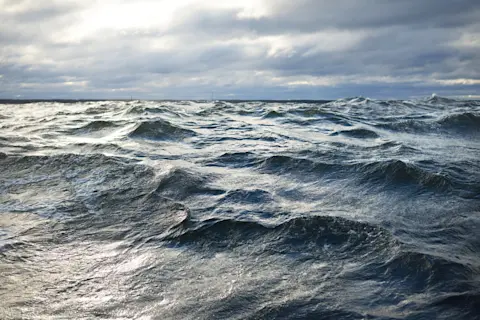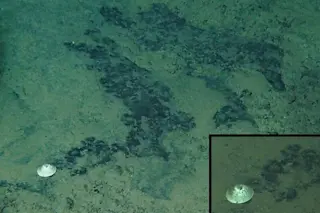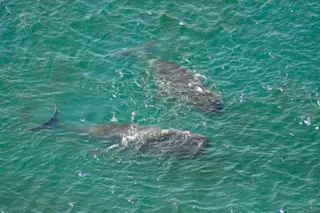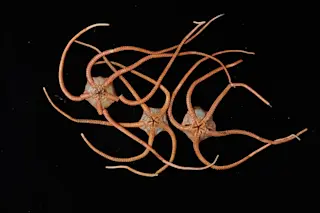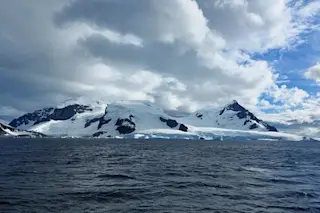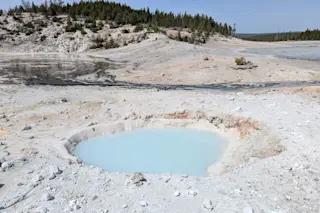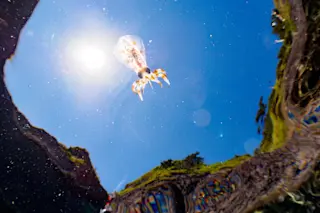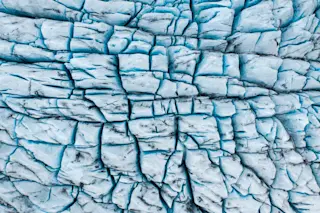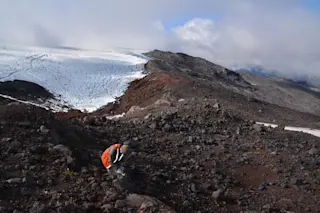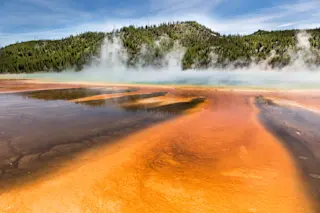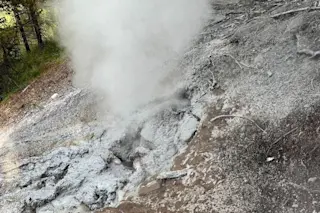Earth’s layers of rock are typically superimposed, or laid one on top of another, meaning that the oldest layers tend to be buried beneath the youngest layers. But researchers recently confirmed that this isn’t always the case, as strange bodies of sand can cause stratigraphic inversion — the interruption of the ordinary order of rock layers — at the bottom of the sea.
Revealing their results in Communications Earth and Environment, the researchers say that these bodies of sand, or “sinkites,” appear beneath the North Sea and date back to the Miocene and Pliocene epochs, between around 20 million and 2.6 million years ago. Though stratigraphic inversions have been detected in layers of rock in the past, they haven’t been detected at this scale or size, as there are hundreds of North Sea sinkholes that measure around a kilometer (over half a mile) across or more.
“This discovery reveals a ...

